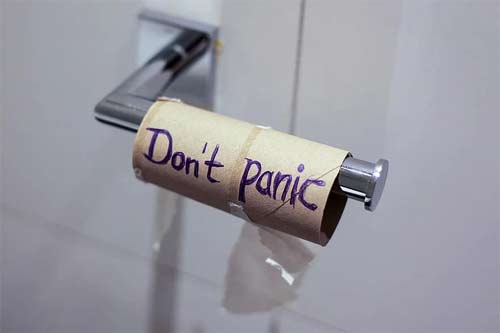Breaking News TodayCoronavirus NewsFeatured NewsLatest World News TodayUSAVoice of People
South Dakota’s Governor bans Vaccine passports

(21 April 2021, News reported by The Epoch Times) – Image Source: Flickr
South Dakota’s governor issues a ban on the use of digital or paper documentation that forces people to show proof that they’ve been vaccinated against the CCP (Chinese Communist Party) virus, which causes COVID-19.
Read Complete Story by Clicking here
WATCH VIDEO:
Gov. Noem bans vaccine passports in South Dakota





